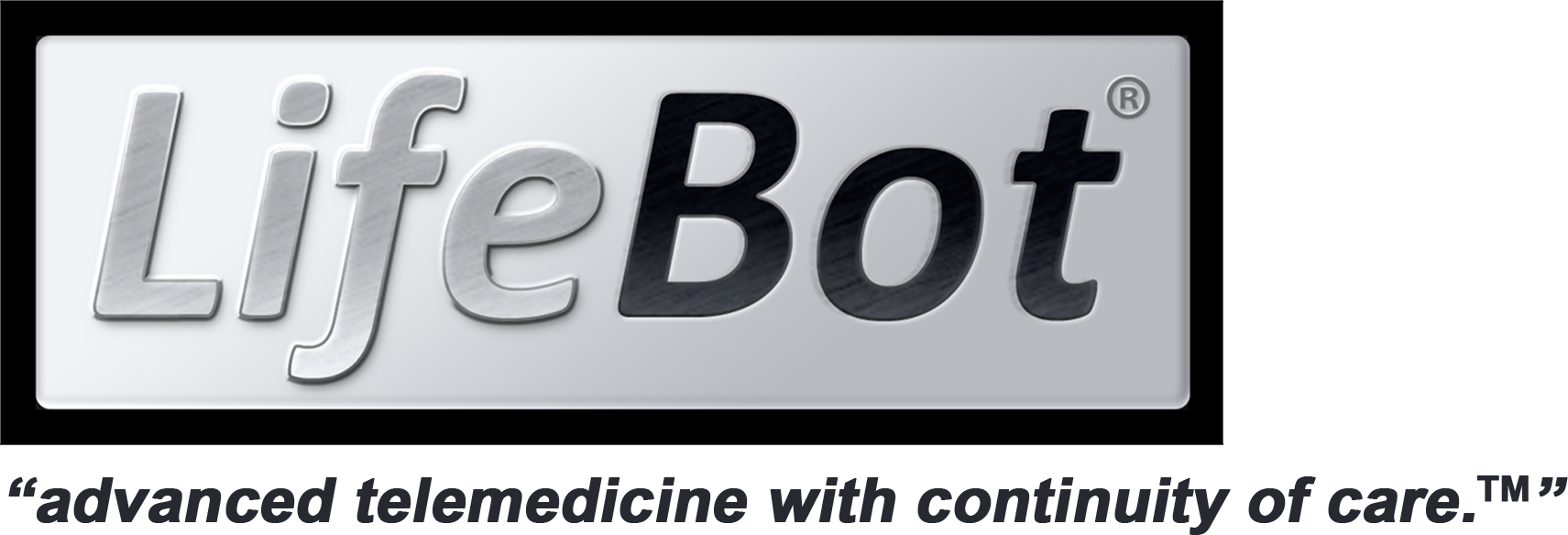
External Non-Invasive Transcutaneous Heart Pacing
R. Lee Heath, the founder of LifeBot, inspired Dr. Paul Zoll to reinstitute the procedure of noninvasive transcutaneous pacing when the procedure had been relatively abandoned. Mr. Heath’s large electrode “combo-pads” or “R2-Pads” gave new efficacy to this procedure, which is in widespread use today saving thousands of lives. This inspired Dr. Zoll to found Zoll Medical Corporation which is a prominent supplier of medical devices worldwide today. view more

Transcutaneous pacing (also called external pacing) is a temporary means of pacing a patient’s heart during a medical emergency. It is accomplished by delivering pulses of electric current through the patient’s chest, which stimulates the heart to contract. The most common indication for transcutaneous pacing is an abnormally slow heart rate. By convention, a heart rate of less than 60 beats per minute in the adult patient is called bradycardia. Not all instances of bradycardia require medical treatment. Normal heart rate varies substantially between individuals, and many athletes in particular have a relatively slow resting heart rate. In addition, the heart rate is known to naturally slow with age. It is only when bradycardia presents with signs and symptoms of shock that it requires emergency treatment with transcutaneous pacing.
Some common causes of hemodynamically significant bradycardia include myocardial infarction, sinus node dysfunction and complete heart block. Transcutaneous pacing is no longer indicated for the treatment of asystole (cardiac arrest associated with a “flat line” on the ECG), with the possible exception of witnessed asystole (as in the case of bifascicular block that progresses to complete heart block without an escape rhythm).
During transcutaneous pacing, pads are placed on the patient’s chest, either in the anterior/lateral position or the anterior/posterior position. The anterior/posterior position is preferred as it minimizes transthoracic electrical impedance by “sandwiching” the heart between the two pads. The pads are then attached to a monitor/defibrillator, a heart rate is selected, and current (measured in milliamps) is increased until electrical capture (characterized by a wide QRS complex with tall, broad T wave on the ECG) is obtained, with a corresponding pulse. Pacing artifact on the ECG and severe muscle twitching may make this determination difficult. It is therefore advisable to use another instrument (e.g. SpO2 monitor or bedside doppler) to confirm mechanical capture.
Transcutaneous pacing may be uncomfortable for the patient. Sedation should therefore be considered. Before pacing the patient in a prehospital setting sedation is recommended by administering an analgesic or an anxioloytic. Prolonged transcutaneous pacing may cause burns on the skin. According to the Zoll M Series Operator’s Guide,” Continuous pacing of neonates can cause skin burns. If it is necessary to pace for more than 30 minutes, periodic inspection of the underlying skin is strongly advised.” It is meant to stabilize the patient until a more permanent means of pacing is achieved.
Other forms of cardiac pacing are transvenous pacing, epicardial pacing,[1] and permanent pacing with an implantable pacemaker.
In addition to synchronized transcutaneous pacing offered by newer cardiac monitor/defibrillators there is also an option for Asynchronous Pacing. Sometimes in the prehospital setting a situation may arise where ECG electrodes are not available or something interferes with their adhesion to the patient’s skin. In these rare situations where the patient must be paced and there are no other alternatives Asynchronous Pacing may be used. Again this setting should only be used as a last resort due to possible adverse cardiac effects it could cause.
References
- ^ http://www.ncbi.nlm.nih.gov/pmc/articles/PMC2840753/#!po=5.55556 Post operative temporary epicardial pacing: When, how and why? Anjan S Batra and Seshadri Balaji
- Bledsole, B., Porter, R., and Cherry, R. “Paramedic Care: Principles & Practice: Volume 3”. Third Edition, Pearson, 2009. ISBN 978-0-13-513702-4
- Urden, L., Stacy, K., and Lough, M. Thelan’s Critical Care Nursing: Diagnosis and Management. Fourth Edition, Mosby, 1998. ISBN 0-323-01461-5
- Handbook of Emergency Cardiovascular Care for Healthcare Providers. Editors Hazinski, M., Cummins, R., and Field, J. 2004. ISBN 0-87493-448-6
|
||||||||||||||||||||||||||||||||||
8 City Boulevard, Suite 203 Nashville, TN 37209 USA
toll-free telephone : 877-466-1422 direct telephone: 623-738-1422 fax telephone: 928-436-8930
e-mail: info@lifebot-us.dream.press
online form: Contact Us